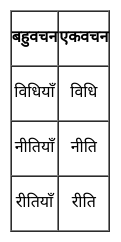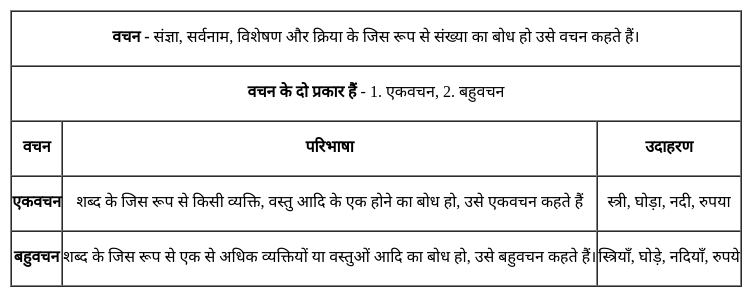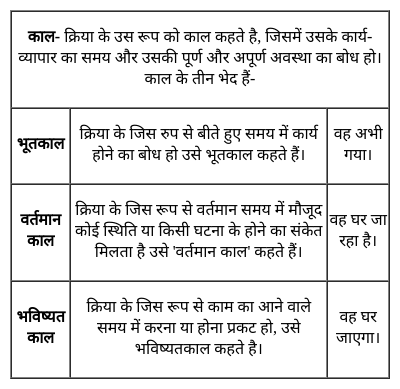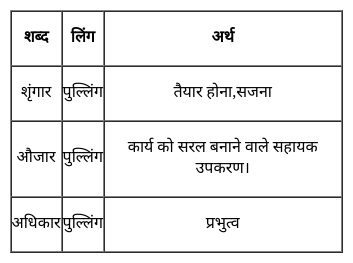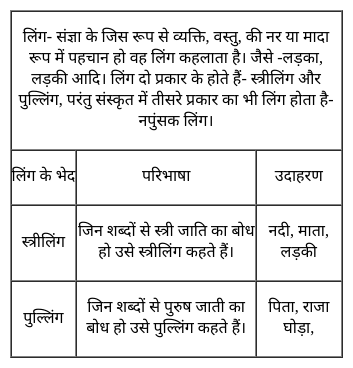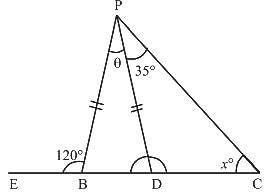KVS PRT Mock Test - 2 - KVS PGT/TGT/PRT MCQ
30 Questions MCQ Test - KVS PRT Mock Test - 2
Directions: In the following question, a sentence is given with a blank. You have to fill the blank with one of the words given as options in order to make the sentence contextually and grammatically correct.
Flu _______________ and the current annual jab is updated to ensure the best match for the sort circulating but would probably not protect against new pandemic types.
Fill in the blanks with the proper past participle form of the following verbs.
Write
Write
Since the beginning of history
P: have managed to catch
Q: the Eskimos and Red Indians
R: by a very difficult method
S: a few specimens of this aquatic animal
The Proper sequence should be:
Q: the Eskimos and Red Indians
R: by a very difficult method
S: a few specimens of this aquatic animal
A line printer
(i) prints an entire line at a time
(ii) is a non-impact printer
(iii) allows multiple copies to be taken at a time
(iv) prints one character at a time
The communication line between the CPU, memory and peripherals is called a
Which of the following are key postulates of socialization?
A. It is achieved during adolescence.
B. It helps in the inculcation of principles, values and symbols of a social system.
C. The development of the social nature enables the person to participate in social life.
I.Q. The level of average intelligence children will be between
Select the suitable determiner from the given options to complete the given sentence:
Have you watched _____of the James Bond movies?
Select the most appropriate option to fill in the blank.
Though offices have opened, many people are ______ working from home.
Select the most appropriate option that can substitute the underlined segment in the given sentence. If there is no need to substitute it, select ‘No substitution required’.
I am watching a movie, when my mother came into the room.





